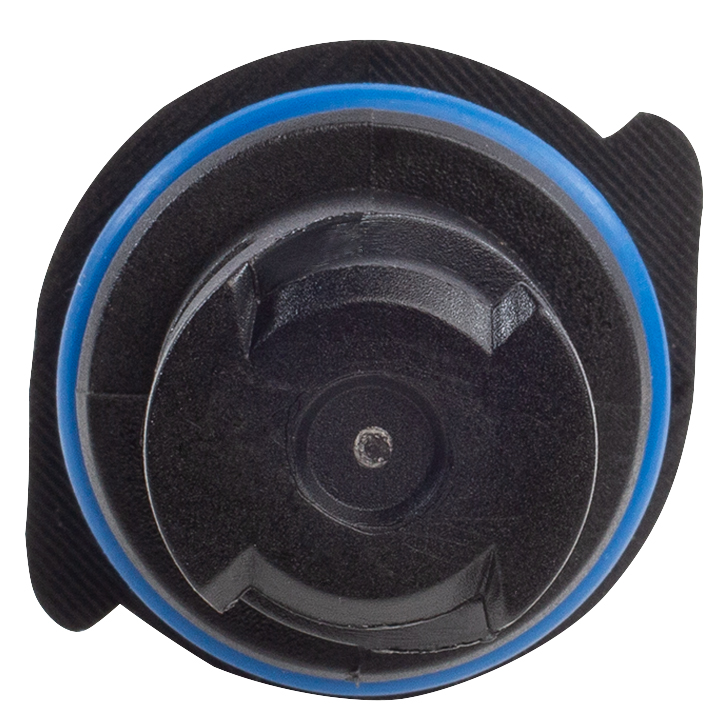drive shaft seal
Understanding Drive Shaft Seals Importance, Function, and Maintenance
Drive shaft seals play a vital role in the mechanics of any vehicle, particularly in those with complex drivetrain systems. These seals are crucial components that ensure the effective performance and longevity of the vehicle's drive shaft, connecting the engine and the wheels. Understanding their function, importance, and maintenance can help vehicle owners protect their investment and maintain optimal performance.
At its core, the drive shaft seal is designed to prevent the leakage of fluids, such as oil or grease, which are essential for lubricating the moving parts of the drive shaft. Typically located at the ends of the drive shaft, these seals not only help keep lubricants in but also keep dirt, debris, and moisture out, which could otherwise lead to corrosion and wear. A compromised seal can result in significant fluid leakage, leading to inadequate lubrication and excessive wear on the drivetrain. This can, in turn, affect the efficiency and performance of the entire vehicle.
The materials used in drive shaft seals are engineered to withstand harsh conditions, including high temperatures and pressure differentials. Commonly made from rubber, polyurethane, or PTFE, these materials provide excellent resistance to chemical degradation and mechanical wear. Over time, however, exposure to heat and contaminants can cause seals to deteriorate, leading to leaks that can disrupt vehicle operation.
drive shaft seal

Maintaining the integrity of drive shaft seals is essential for ensuring the reliable performance of a vehicle. Regular inspections during service intervals can help identify early signs of wear or damage. Look for greasy residues around the seal area, which can indicate leakage. If detected, it's crucial to replace the seal promptly to avoid costly repairs to the drivetrain.
When replacing a drive shaft seal, it's important to choose the right seal for the specific vehicle model, as deviations can lead to improper fitting and functionality. Professional mechanics often recommend using manufacturer-specific seals that meet original equipment specifications.
In conclusion, drive shaft seals may be small components in the grand scheme of a vehicle’s operation, but they are essential for maintaining the vehicle’s performance and durability. Regular maintenance, prompt inspections, and timely replacements can significantly enhance the longevity of both the seals and the drivetrain system, ensuring that the vehicle operates smoothly and efficiently for years to come. Understanding and prioritizing the condition of drive shaft seals can save vehicle owners time and money in the long run.
-
The Ultimate Guide to Boat Propeller Bearings and Trailer Wheel Bearings
News Jul.31,2025
-
The Essential Guide to Marine Bearings and Boat Trailer Wheel Bearings
News Jul.31,2025
-
The Complete Guide to Heavy Duty Seals: Protecting Doors and Spaces Efficiently
News Jul.31,2025
-
Essential Guide to Marine Shaft Bearings and Boat Trailer Axle Bearings
News Jul.31,2025
-
Comprehensive Guide to Marine and Trailer Bearings for Safe Boating and Transport
News Jul.31,2025
-
Comprehensive Guide to Automotive Oil Seals: Protecting Your Engine and Shafts
News Jul.31,2025
-
Understanding Automotive Oil Seals: Essential Components for Engine and Shaft Protection
News Jul.30,2025
Products categories















